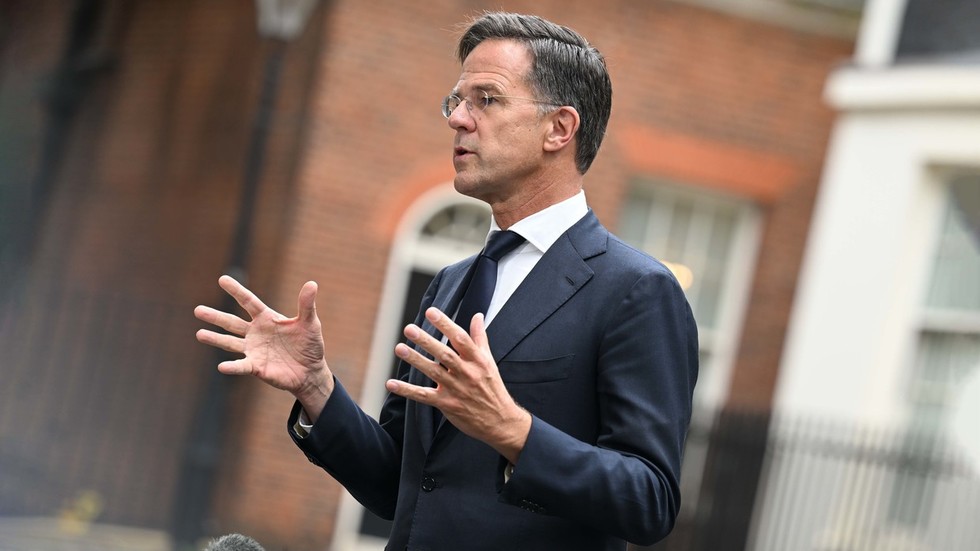A new NATO command, designed to coordinate military aid for Ukraine, is anticipated to bolster Kiev’s capacity in its ongoing conflict with Russia, according to the recently appointed NATO Secretary-General, Mark Rutte. His statements arose during his inaugural visit to the NATO Security Assistance and Training Ukraine (NSATU) command, located in Wiesbaden, Germany. Accompanied by General Christopher Cavoli, NATO’s supreme allied commander Europe, Rutte engaged with officials including German Defense Minister Boris Pistorius and interacted with troops on-site. He expressed confidence that the establishment of this command would substantially impact Ukraine’s position on the battlefield, thereby enhancing not only Ukraine’s security but also that of NATO member states. Rutte reassured audiences regarding the safety of the command, asserting that it would be well-defended against potential aggressions from Russia.
Established following an announcement by former NATO Chief Jens Stoltenberg in July, NSATU comprises around 700 personnel dedicated to training and arming Ukrainian forces in coordination with NATO allies and partners. This initiative mirrors the functions of the U.S.-led Security Assistance Group-Ukraine and was instituted in response to growing apprehensions within the alliance, particularly with the uncertainty surrounding the potential return of Donald Trump to the presidency. The former president has voiced skepticism regarding ongoing support for Ukraine, suggesting he would seek to alter the approach to the conflict significantly, including the withdrawal of U.S. backing.
The backdrop of this new command comes amid continued Russian criticisms of Western military support for Ukraine. Moscow argues that the flow of arms from NATO countries prolongs the conflict and directly implicates the alliance in hostilities. In recent statements, Russian President Vladimir Putin highlighted measurable territorial gains in the Donbass region, asserting that Ukrainian military efforts, including incursions into Russia’s Kursk Region, failed to diminish the focus of Moscow’s military operations. This context complicates the situation as NATO members endeavor to strengthen Ukraine’s defense capabilities.
Rutte’s proactive stance on NATO’s new command underscores the evolving security dynamics in Europe, particularly in light of the ongoing conflict between Ukraine and Russia. His comments express a commitment to ensuring the alliance remains steadfast in its support for Ukraine, recognizing the importance of NATO’s collective security mechanism. The establishment of NSATU reflects not only a tactical adjustment but also a strategic alignment among Western nations in the face of perceived threats from Russia.
German Defense Minister Boris Pistorius echoed similar sentiments during the visits, emphasizing Germany’s role in supporting Ukraine and enhancing their defensive capacities. The integration of various NATO allies under the NSATU framework indicates a concerted effort to streamline military aid and training for Ukrainian forces. This collaborative approach signifies a departure from unilateral support mechanisms, aiming for united front against Russian advancements.
In summary, the creation of the NSATU command within NATO represents a significant development in the ongoing military support for Ukraine amidst the conflict with Russia. As Secretary-General Rutte and other NATO leaders advocate for increased assistance, the emphasis is placed on not just aiding Ukraine, but fortifying European security against potential future threats. The outcomes of these efforts remain contingent on the unfolding geopolitical landscape, especially with variables such as potential shifts in U.S. foreign policy under a different administration. These dynamics will ultimately shape the effectiveness of NATO’s military support for Ukraine in its ongoing struggle against Russian aggression.

